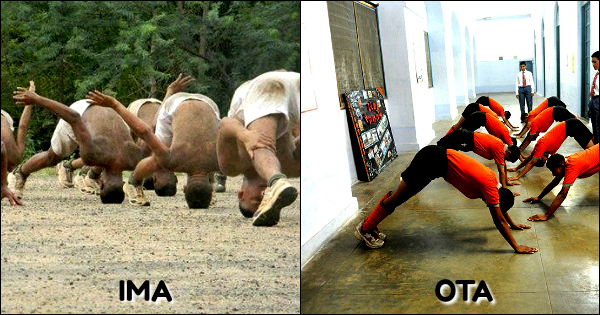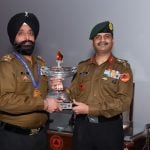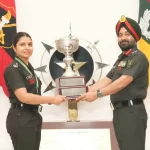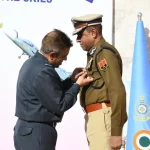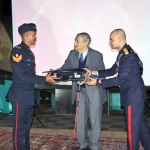The Indian Military Academy (IMA) in Dehradun and the Officers Training Academy (OTA) with its branches in Chennai and Gaya are prestigious institutions dedicated to shaping the future officers of the Indian Armed Forces. Despite sharing the common goal of nurturing Gentleman and Lady Cadets, notable distinctions exist in their commissioning processes, training duration, and eligibility criteria, reflecting the unique pathways they offer to military service.
Commissioning and Duration of Service
The most fundamental difference lies in the type of commission the cadets receive upon graduation. The IMA primarily trains cadets for a Permanent Commission in the Indian Army, promising a longer career span, with the possibility of serving up to 30 years. In contrast, the OTA, Chennai, is known for training officers for Short Service Commission, typically allowing for a service duration of 10 to 14 years, with an option to extend. However, OTA Gaya deviates from this pattern by also offering Permanent Commission but under specific entry schemes like the 10+2 TES (Technical Entry Scheme).
Eligibility and Entry Schemes
Eligibility criteria and entry schemes offer another layer of differentiation. IMA caters exclusively to male candidates, requiring a graduate degree for most entry schemes like the Direct Entry (DE), with age limits varying between 19 to 24 years. The training duration here is pegged at one and a half years for DE candidates, with variations for other entries like UES, TGC, and AEC, catering to engineering graduates and postgraduates in specified streams.
Conversely, OTA provides a platform for both male and female candidates, with OTA Chennai being prominent for training all recommended women candidates. The training duration at OTA Chennai is uniform across entries at 49 weeks. OTA Gaya, catering to male candidates through the 10+2 TES entry, stands out with a 5-year training duration, integrating 1 year at OTA and 4 years at Cadet Training Wings (CTWs).
Educational Requirements and Selection Process
IMA demands a higher academic threshold for its aspirants, necessitating a graduate degree for Direct Entry, and includes a more rigorous selection process with three papers (English, Mathematics, and General Knowledge) in the Combined Defence Services Examination (CDSE) conducted by UPSC. OTA selection for SSC (Short Service Commission) involves only two papers (General Knowledge and English), reflecting a slightly more accessible pathway for those aiming for a shorter service tenure or specific roles within the Army.
Promotion and Career Progression
While salary scales do not vary significantly between officers commissioned from IMA and OTA, the path to higher ranks and promotions does. Traditionally, preference for promotions follows the order of NDA, IMA, and OTA, although exceptions may occur based on merit and vacancies.
Conclusion
Both IMA and OTA play critical roles in the defense ecosystem of India, offering tailored pathways to military service. Whether through the pursuit of a Permanent Commission with a longer service tenure at IMA or embracing the flexibility and diverse entry schemes of OTA for a Short Service or Permanent Commission, each academy caters to the distinct aspirations and career trajectories of its cadets. The choice between IMA and OTA ultimately hinges on individual career goals, educational background, and personal commitments, with each path offering its unique set of challenges and rewards in service to the nation.

